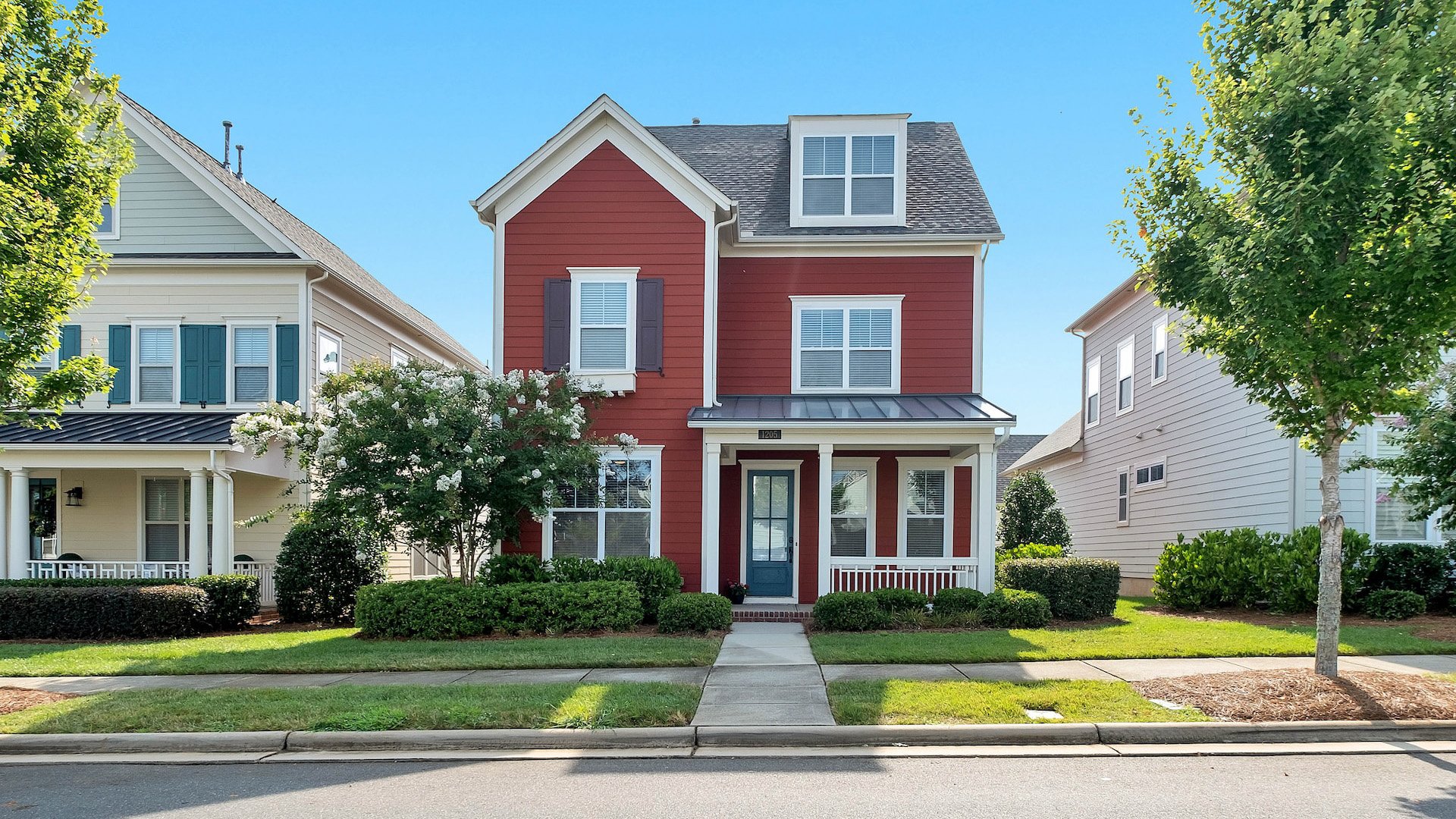Realtors Research Reveals High Barriers for Home Buyers
(Source: Unsplash/Zac Gudakov.)
Finding and buying a home is getting harder in the U.S., according to a new report by the National Association of Realtors (NAR). The 2023 Profile of Home Buyers and Sellers shows a confluence of trends, from low inventory to high interest rates, that create significant headwinds for new and repeat buyers.
Among the challenges outlined in the report:
Buyers need more money. The annual household income of the typical home buyer is $107,000, up significantly from $88,000 the previous year. The typical down payment for a first-time buyer is 8%, a 25-year high. And 25% of properties sold for more than their listing price.
Buyers are getting older. The median age of a first-time homebuyer in the U.S. is 35, while the typical repeat buyer is 58. Both are close to all-time highs.
First-time buyers are at historic lows. The share of first-time buyers was 32% in 2022. Although that’s up from a record low of 26% the previous year, it’s still among the fourth-lowest figures in decades of data collection (NAR launched this annual survey in 1981).
Large houses still reign. The typical house sold in the past year is 1,860 square feet with three bedrooms and two bathrooms, built in 1985. 79% were detached single family, and 8% townhouses. Only 13% of sales were new construction.
One other statistic will stand out to Strong Towns readers: “Seventy percent of recent buyers did not have a child under the age of 18 in their home.” We have long documented the disconnect between the types of homes American households need and the three-bedroom houses that form a majority of new residential construction.
A Washington Post article cast the current real estate market as a generational clash, with wealthy Boomers snatching homes from younger generations. Many of these older buyers have been able to make all-cash purchases (22% of all 2022 sales), which are more appealing to sellers.
Meanwhile, among first-time buyers, 38% said saving enough for a down payment was a substantial challenge, while a majority reported making lifestyle sacrifices, such as lowering their entertainment budget, to afford their house. Compounding the challenges for young buyers is previous NAR research showing that people will pay more for properties in walkable neighborhoods preferred by Millennial and Gen Z buyers.
So, while the battling-generations framing may be statistically true, it’s primarily a supply and demand question in which some buyers are better positioned. The solution to help all buyers (and renters) is to enable more housing, especially in urban boundaries with existing infrastructure. This will require zoning reform, with 75% of all land in major American cities currently designated single-family only, and creative reuse of underutilized business districts.
RELATED STORIES
The housing crisis isn’t going to resolve itself.
Your community can start creating more affordable homes for rent and purchase today. Learn how in our 2023 Local-Motive course.






Ben Abramson is a Staff Writer at Strong Towns. In his career as a travel journalist with The Washington Post and USA TODAY, Ben has visited many destinations that show how Americans were once world-class at building appealing, prosperous places at a human scale. He has also seen the worst of the suburban development pattern, and joined Strong Towns because of its unique way of framing the problems we can all see and intuit, and focusing on local, achievable solutions. A native of Washington, DC, Ben lives in Venice, Florida; summers in Atlantic Canada; and loves hiking, biking, kayaking, and beachcombing.